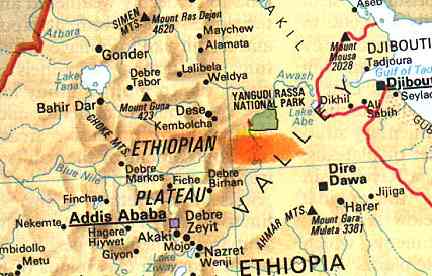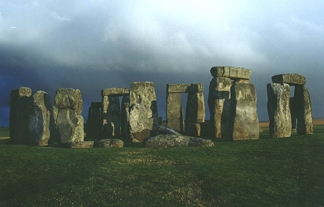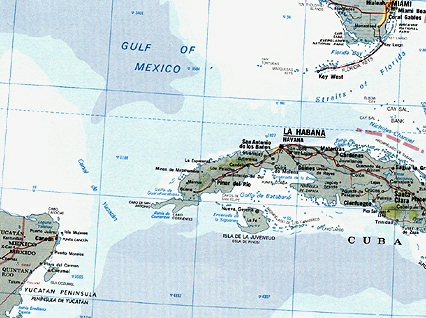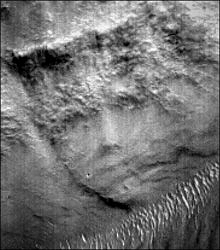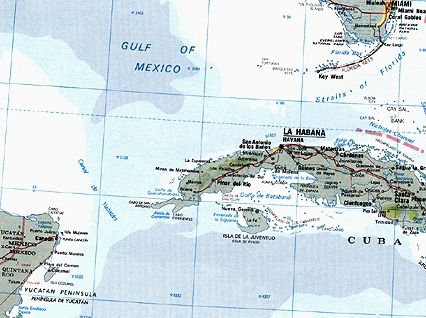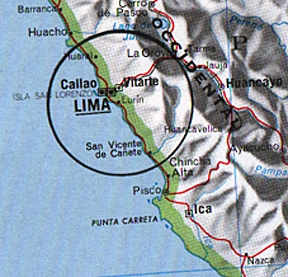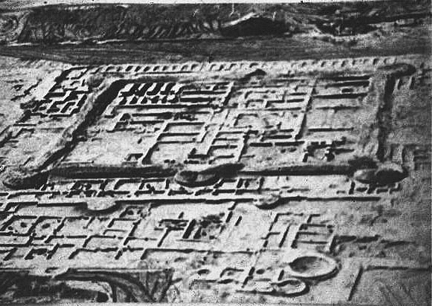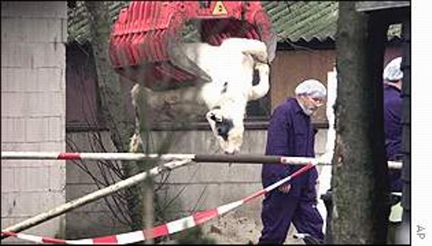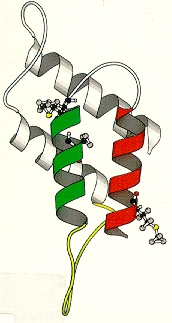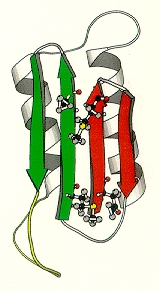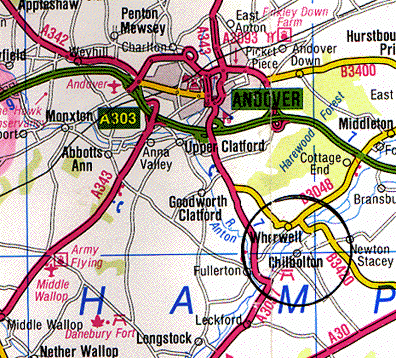
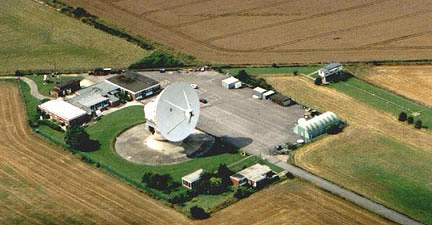
August 30, 2001 Chilbolton, Hampshire, England - On Tuesday, August 28, The Daily Mail finally published a news story with photographs by researcher and author, Lucy Pringle, about the controversial "face" and "binary code" in the wheat field next to the Chilbolton Observatory south of Andover, Hampshire. Chilbolton Observatory is a government-owned installation that was constructed in 1965 to study radio wave propagations from space and satellites and is owned and operated by the Rutherford-Appleton Laboratory under the U. K. Office of Science and Technology. Cereal crop fields that run along the barbed wire boundary of the Observatory are owned and operated by various farmers. The wheat in which the formations appeared is owned by the local Leckford Estate and by Wednesday, August 29, the Estate had cut down the "face" and "binary code" in its normal wheat harvest.
Click here to subscribe and get instant access to read this report.
Click here to check your existing subscription status.
Existing members, login below:


